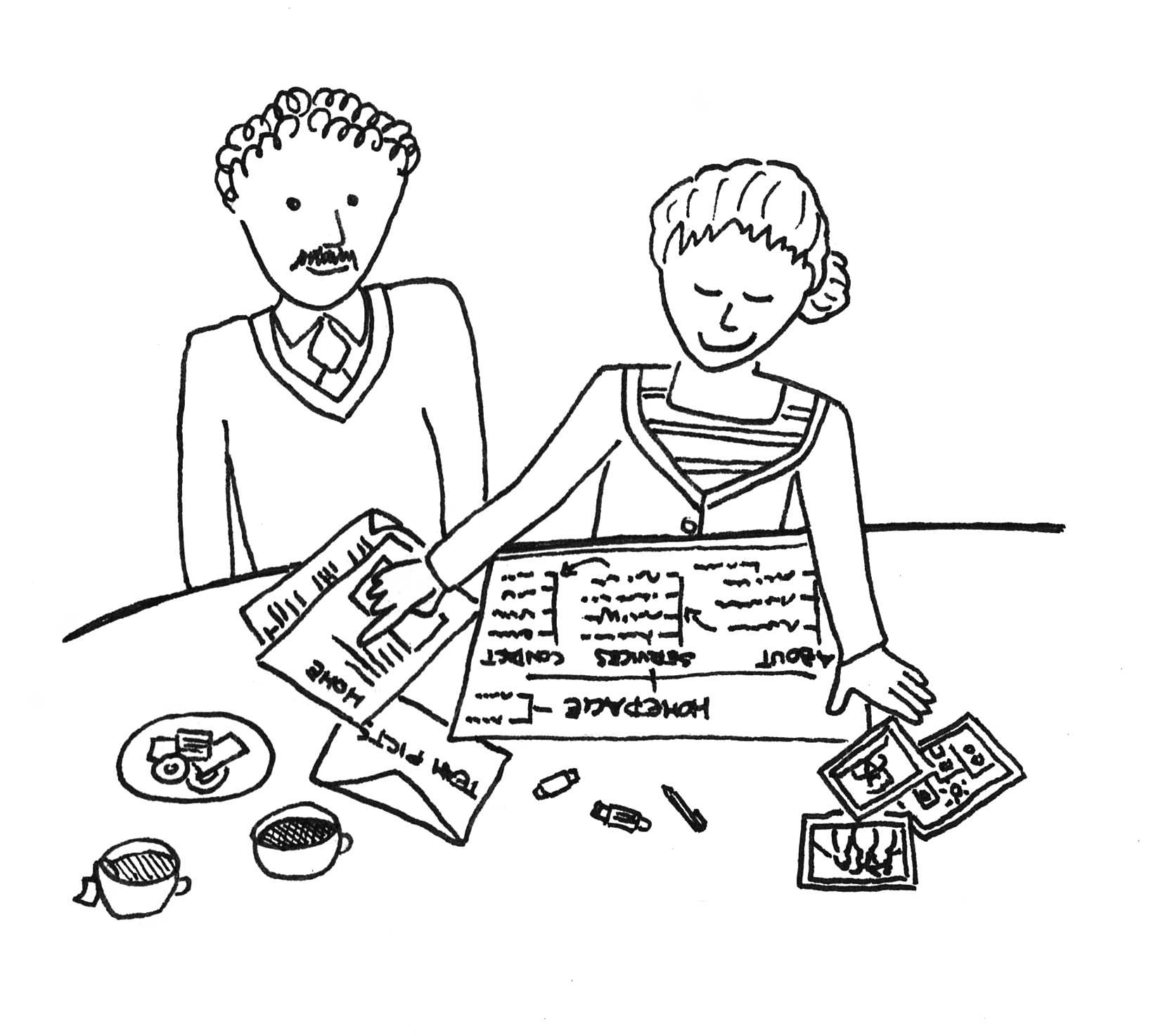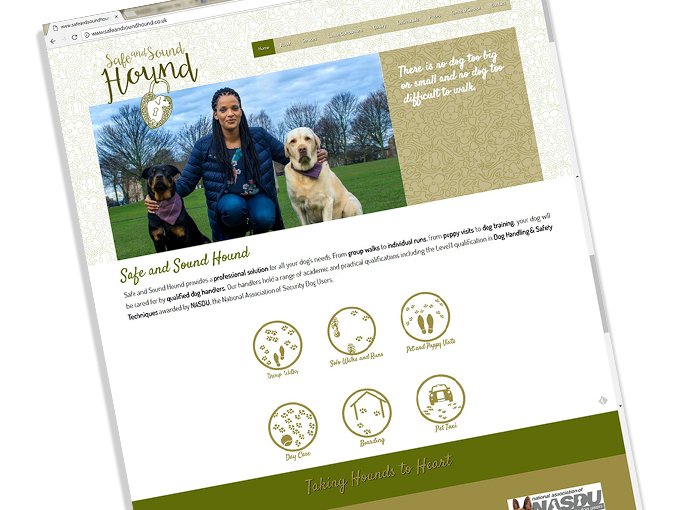Hello, welcome to post n.3 on all you need to know when commissioning a website (find out Why your small business needs a website and How to work with your web designer/developer), 100% jargon free!
In this post I will help you get ready with all your web designer will expect from you to be able to create a great website.
Creating a website is nothing you can simply outsource and never think about again: It needs your knowledge about your company, product and target market as much as your designer’s creativity, expertise & skills.
For example, for a good quality website content is key and there isn’t much a designer/developer can do about that. While they may be able to help out with visual content (e.g. illustrations, infographics & icons) or suggest a good copywriter, the content needs your input and experience. Additionally, it is down to you to provide your web designer/developer with all the answers they need to deliver a great website on time and on budget.

Here are the main questions you should be able to answer:
1. Do you have a domain and a hosting provider?
Very quickly:
Domain name (e.g. www.guizzo.co.uk) – yearly cost
A domain is your chosen web address (or URL). They are administered by “registrars” and very often “rented” through hosting providers.
You will have to pay it for as long as your website is online.
Hosting space – yearly cost
For your website to be available 24/7, it needs to be on a hosting server that is reliable and safe, so it does not crash or make you vulnerable to hacking or viruses.
A hosting company usually owns several servers and when you purchase a hosting space, you “rent” a space on one of their hard drives which will store and deliver your website to anyone who types in your domain name.
The best choice for speed (and data security), if your clientele is mainly from one country, is for you to choose a host with servers in that same country. You will have to pay it for as long as your website is online.
2. What is the purpose of your website?
This may sound obvious, but it’s not:
- Is it a personal blog?
- Do you just need a presence out there for your local brick-and-mortar shop?
- Are you looking for more space, to provide info that doesn’t fit on a flyer?
- Do you need to reach your potential clients on the other side of the globe?
- Do you want to take bookings, sell tickets or products through the website?
These answers greatly influence the choice of platform, theme and your SEO strategy (what you tell Google about your company) so, think about it, and have the answer ready!
3. Do you want to be able to manage and edit your website yourself?
This will change the kind of contract/service your developer/designer will offer: If you haven’t managed your website before, but you want to, make sure to have some training hours included.
If you don’t want to get involved, then negotiate a monthly/yearly number of hours for updates and troubleshooting. This will make sure your website is in working order, secure and up-to-date at all times.
Having a maintenance contract may look like an indulgent expense, but it’s definitely worth it and will make your life easier as well as your website last longer, find out why here in my post on why you need a website.
What your web designer/developer needs from you:
1. A basic map of your website structure
This can be a simple tree graph in which your homepage is at the top and you detail what pages you wish to be accessible from it and what info will be on each page.
Don’t worry if it doesn’t look good or it’s not very clear, it will only be a starting point for your discussions with the “website builder”. But it will help you think about what you need right from the start.
2. Your company logo
For best results, your web designer or developer will need your logo as vector file (.ai .eps and some versions of .pdf, but not necessarily).
If you don’t have a vector file, look for a logo that still looks sharp when made big on your screen.
If you only have a printed version, say a business card, find a designer who can vectorise it for you.
3. The text for your website pages
While you write, put yourself in your clients’ shoes, see your company and products through their eyes and put yourself in their shoes:
What are they looking for?
What do they want to know?
Is it easy to find?
What do they need to trust your company? Remember that people can get to your website from any page through search engines, social media and other links, so don’t just focus on your homepage.
4. The images you would like on your website
Make sure the images you want to use are yours or free from copyrights.
You can use paid or free stock photography or you can get a photographer to take the photos you want for you. Illustrations, infographics and icon sets can also be great visual content for your website and improve conversions.
With these answers and materials you will be ready to go for your new website. Next (and last) of the series will be about the costs involved in building a website.
See you soon!
See you soon!








